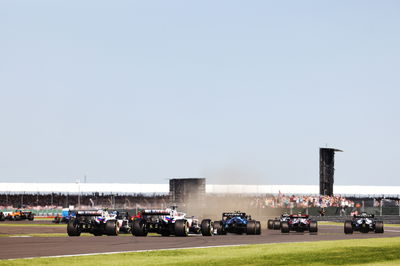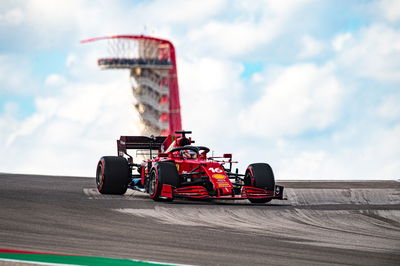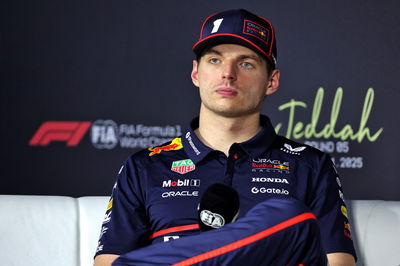Everything that could change for F1 2022 and beyond
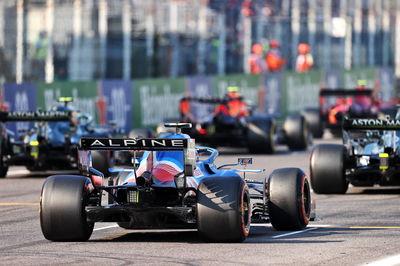
On Monday, Brawn outlined the plan for next season, including details surrounding F1’s sprint event format that is being trialled this year.
Following the third and final experiment at the upcoming Sao Paulo Grand Prix in Brazil later this month, F1 will discuss a number of potential tweaks to the format, as well as other changes to the sporting regulations.
Here’s a look at everything that could change in 2022 and beyond…
Six sprint events planned
Brawn revealed that F1 has “in principle agreed with the teams that we will look toward six events for next year”, adding that “every promoter wants to have a sprint.”
Topics up for debate include a “tidy up” of the naming of the 100km ‘F1 Sprint’ to acknowledge that it is in fact a race, rather than a qualifying session.
Another tweak will likely see pole position be awarded to the fastest driver in Friday’s qualifying session, following criticism from drivers and fans alike who were unhappy that pole was officially credited to the winner of the sprint instead of the driver who set the quickest lap time.
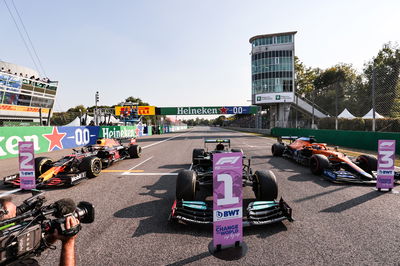
Brawn admitted it has “clearly not been popular” to hand out the pole award to the sprint victor.
Citing the results of a recent F1 fan survey, Brawn also said there is “no reason” why the sprint format could not eventually become the standard approach to every race weekend in the future, even if he admitted the "avid fans have not been convinced yet - they are indifferent - but the majority of our 'normal' fans were positive about the concept".
"We are going to be relatively conservative in the step we've made,” he added. “We don't want to spoil it by overstepping and people feeling it's gone too far.”
More points for sprint
Another element of the sprint format that could be changed for 2022 is how the points are dished out.
Under the current rules, points are only offered to the top three finishers with three handed to the winner, two given to second place, and just a single point awarded for completing the podium in third.
But F1 wants more points to be up for grabs in sprint races next year and is considering an overhaul in a bid to improve the event from a competitive standpoint.
"We proposed something around a third of the points that you get in a race for the sprint," Brawn said.
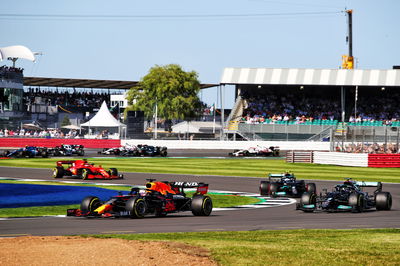
"That was the initial proposal, which was not taken up because the feeling was that we need to see how the sprint functions first before we allocated the points. So we think that will be the starting point for the discussion.
"It's significant enough to be worth going for and it goes far enough down that people in lower positions still want to fight for it. But it is not of a number that has over-influence on the championship.
"It will have an influence on the championship, it must have and that's what we want, but not an excessive amount.”
A ‘sprint champion’
Brawn said the naming of a ’Sprint champion’ is “a possibility” that F1 is evaluating for the driver who amasses the most points from the sprint races over the course of the season.
It is not clear at this stage what the driver would be presented, though it could be similar to the recently-announced ‘Overtake Award’ that has been devised with F1’s commercial partner Crypto.com.
The new accolade for 2021 will see the driver with the most overtakes at the end of this season handed a trophy.
“The trick is always to make sure we never cannibalise the main event,” Brawn explained.
“The race on a Sunday is the main event. It’s the grand prix and we want to enhance that and not cannibalise that.
“So whatever we do, we’re mindful of not detracting from the Sunday event. So if we did do something it would have to enter consideration. But it’s an option.”
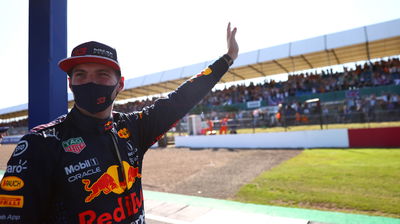
‘Show and tell’ Fridays
F1 cars will have a radical new look for 2022 as part of a rules revolution package that has been designed to improve wheel-to-wheel racing and create a more level playing field.
A condensed three-day schedule is set to see Thursday’s media day scrapped to ease the strain amid a record-breaking 23-round calendar and teams could be asked to show off car updates in a dedicated open session with the media on Friday mornings before the on-track action begins.
The idea is to make car developments more accessible to both the media and fans to help understand the finer complexities and better show off the technical side of the sport.
"What we're doing on a Friday is a big session for you guys [the media] to have a look at the cars and talk to the personnel,” Brawn said.
"We're pushing on with initiatives to get greater engagement and a greater insight into what's happening.
"So next year, on a Friday morning, the cars will be presented to you. The teams will explain the changes they've made for that weekend and they'll declare to the FIA the changes they've made.
"It will create another nuance and other interest in the sport, because the technical side of the sport is quite fascinating to a lot of fans.”
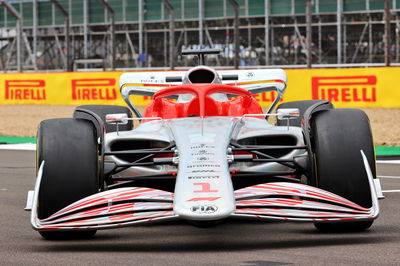
New rules for new wheels?
Pirelli is introducing new 18-inch tyres for 2022 and drivers may have free tyre choice if F1 drops the rule which currently forces the top 10 to start the race on whichever compound they used to set their fastest lap in Q2.
Under the sprint format regulations, all 20 drivers are handed free tyre choice for both the sprint event and main grand prix on Sunday, opening the door for more potential strategic variables to come into play.
F1 is keen to avoid giving the best teams “even more of an advantage” during race weekends, according to Brawn.
“One of the unfortunate things about the Q2 race tyre [rule] is it gives those who are really quick even more of an advantage because they can easily choose whichever tyre they want for Q2,” Brawn said. “Whereas those who are desperate to get into the final qualifying need to run a soft tyre.
“So it’s had a slightly contrary effect, I would argue. I don’t think removing it is a big issue. It is certainly something we’re looking at for the future, whether that Q2 race tyre is still something that overall is better or worse for the race.”
F1 also wants to reduce the amount of sets that are available throughout the weekend as part of its quest to become more sustainable. This is another element that could be experimented with next year.
Smaller, possibly lighter cars in 2026
In the longer-term, F1 is looking to reduce car size and potentially weight after moving 40kg heavier for 2022.
The minimum weight for next year’s new-generation cars stands at a whopping 792kg, more than 100kg heavier than the first V6-powered cars of 2014.
F1 is eyeing a car with smaller dimensions for 2026, when the next generation of engines are also set to be introduced.
“They are big,” Brawn said of modern F1 cars. “We’re looking at a new power unit for ’26 and a new car will go with it.
“That’s some of the primary objectives: can we save weight, which is challenging with a hybrid car and with the safety initiatives we’ve got on the cars these days.
“Can we have a lighter car? Certainly can we have a smaller car, and we believe we can.
“We think the spec that’s evolving for ’26 there’ll be a very real chance of having a more compact car.”
